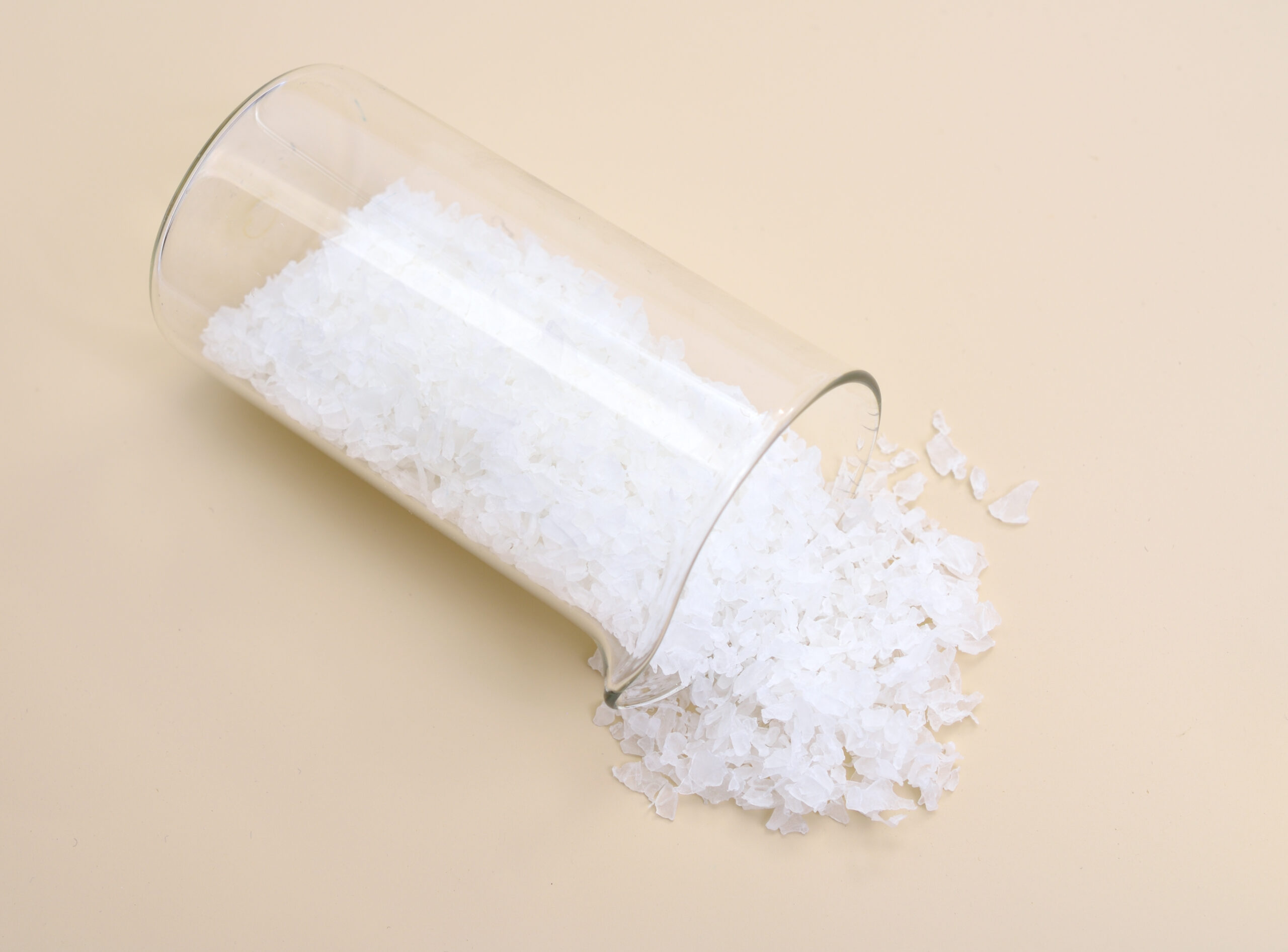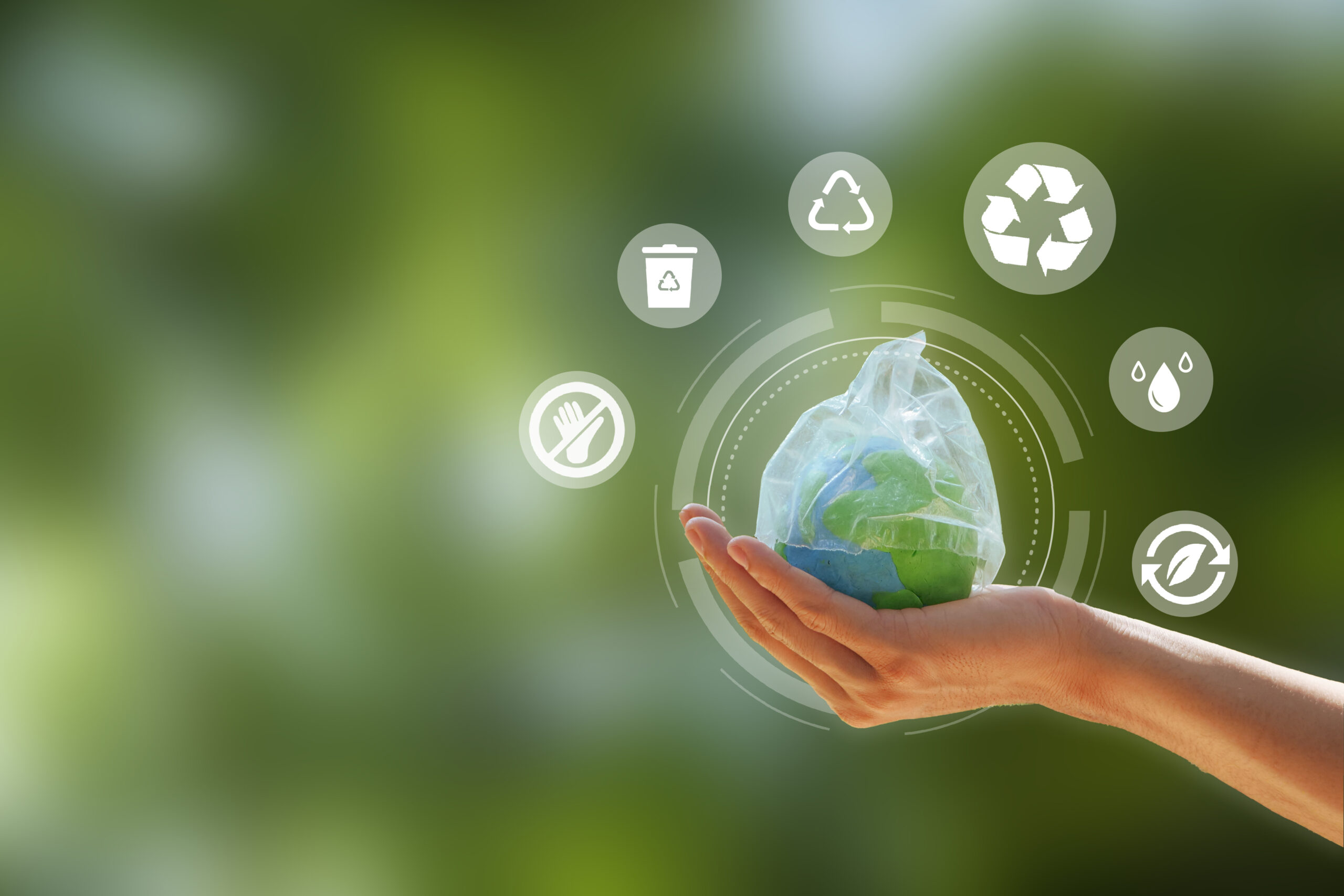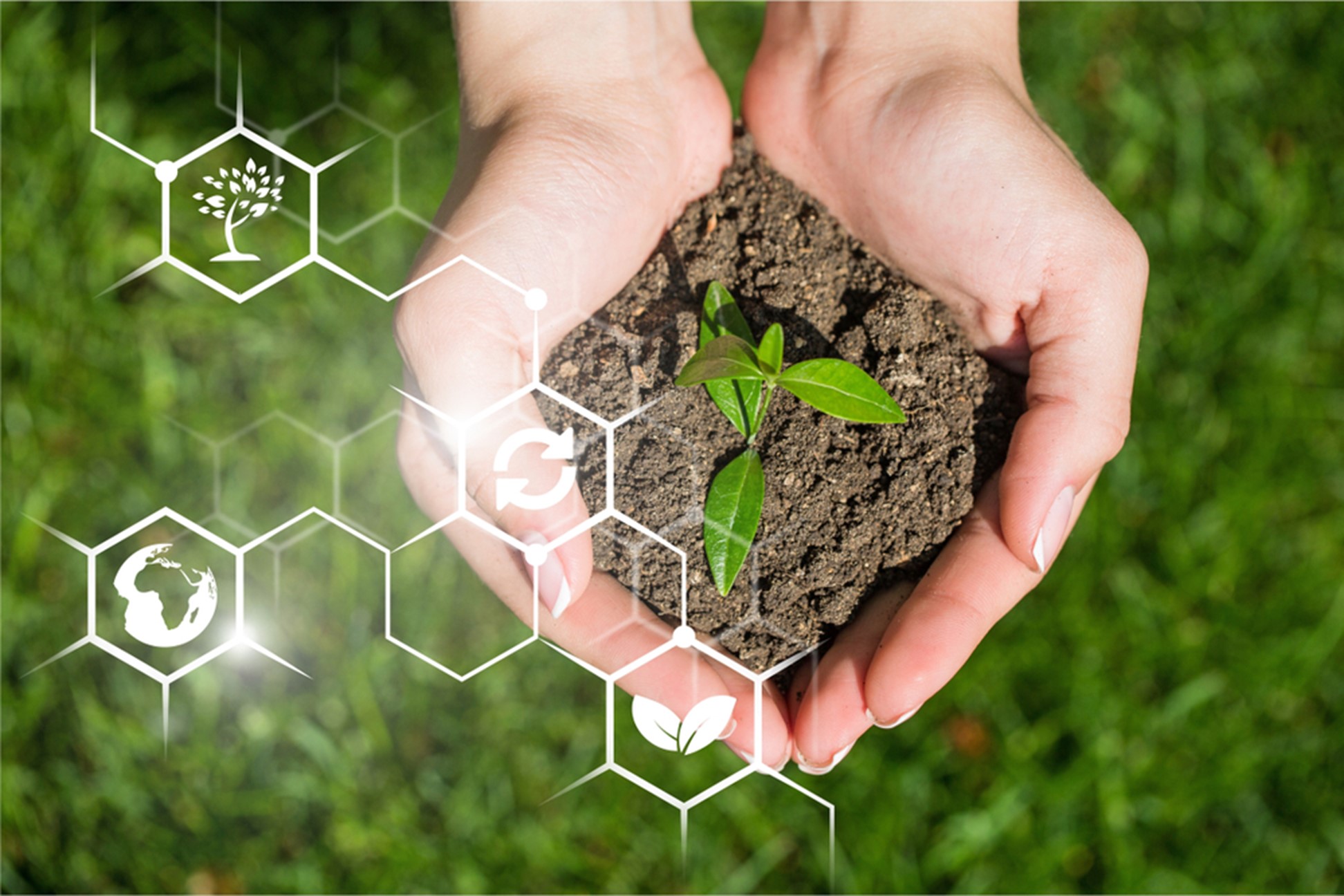The Green Side Of Polyvinyl Alcohol: An Eco-Friendly Choice
An odorless and colorless resin, PVA has earned acclaim for its biodegradable properties and its ability to replace conventional, environmentally harmful products. Moreover, as global industries grapple with environmental challenges and strive to reduce their carbon footprints, the selection of materials becomes crucial.
Many sectors, from textile to food packaging, have begun to recognize the potential of this versatile compound. Amid this shift, PVA suppliers are now experiencing greater demand, highlighting its rising prominence in the sustainable product landscape.
Polyvinyl alcohol emerges as not only a practical choice but also an environmentally conscious one, offering potential solutions to various ecological concerns.
 Polyvinyl alcohol or PVOH PVA PVAl. PolyEthenol homopolymer
Polyvinyl alcohol or PVOH PVA PVAl. PolyEthenol homopolymer
Biodegradability
Biodegradability is a key factor in the material’s environmental impact. At its core, biodegradability indicates how a substance decomposes into natural elements.
Polyvinyl alcohol (PVA) sets a commendable benchmark in this domain, sharply contrasting many synthetic polymers that persist in the environment. Through microbial action, PVA breaks down over time into water and carbon dioxide, ensuring it doesn’t remain an enduring waste.
Most synthetic plastics, on the other hand, present environmental hazards. Their decomposition, if it happens, often spans centuries. During this long span, they might release hazardous microplastics and chemicals detrimental to aquatic life and the broader ecosystem.
The absence of methane production during PVA’s decomposition is another eco-friendly aspect. Methane is a potent greenhouse gas, much more effective at trapping radiation than carbon dioxide. While organic waste in landfills generates significant methane, PVA doesn’t contribute to this environmental challenge, underscoring its green credentials.
Landfill space is a global concern. Urbanized regions are constantly grappling with waste management issues, especially with the increasing volume of non-degradable waste. PVA’s propensity to degrade more rapidly than most synthetic materials offers a tangible solution, minimizing the need for extended landfill usage and promoting a sustainable waste management approach.
Water Solubility
Water solubility is one of the distinguishing features of PVA, offering numerous practical and environmental advantages. The ability to dissolve in water translates to reduced physical waste, which is especially relevant in single-use applications. This characteristic makes waste management more straightforward and less resource-intensive.
For instance, the agricultural sector’s uptake of water-soluble PVA bags for fertilizers and pesticides showcases an innovative marriage of convenience and sustainability. By eliminating the need for manual unpacking, these bags not only reduce direct contact with chemicals but also cut down waste residues, fostering a cleaner agricultural process.
Similarly, in hospitality, the use of PVA can be a game-changer. Contaminated linens, often from hospitals or hotels, can be a source of infection. Using PVA bags that dissolve during the laundry process ensures that staff don’t come into direct contact with contaminants, enhancing operational safety and hygiene standards.
Non-Toxicity
The environmental impact of a material isn’t just about its end-of-life degradation; it encompasses its entire life cycle.
PVA’s non-toxic profile ensures that while it’s in use or during its degradation, it won’t release or leach harmful substances into the environment. This is pivotal for maintaining the health of ecosystems, particularly water bodies that are vulnerable to pollution.
Food packaging is an area where safety is paramount. Direct contact with food requires materials that won’t release toxic substances or compromise food quality. PVA’s deployment in food packaging vouches for its inert nature and adherence to stringent safety standards.
The medical field, with its rigorous standards, also acknowledges PVA’s non-toxic properties. Whether in controlled drug release systems or as a medium in certain ophthalmic solutions, PVA provides a safe interface for patients, ensuring therapeutic efficacy without compromise.
Renewable Raw Materials
PVA’s derivation from cellulose, predominantly from wood pulp or cotton, ensures it leans on renewable resources. This diminishes the overarching reliance on petroleum-based products, which have a finite availability and are linked to significant environmental challenges.
A shift towards materials like PVA supports more than just sustainable production; it also bolsters sustainable agricultural and forestry practices. Ensuring a steady supply of cellulose encourages practices that prioritize biodiversity conservation, soil preservation, and responsible water use.
The notion of a circular economy is gaining traction, where resources are reused and recycled instead of following the linear ‘take, make, dispose’ model. Relying on renewable sources, as in the case of PVA, nurtures this circular approach. It not only ensures a lower carbon footprint but also fosters innovation and job creation, driving industries to a sustainable future.
Conclusion
With growing environmental concerns, it’s imperative for industries and consumers to adopt sustainable choices. Polyvinyl alcohol (PVA) stands out as a promising solution, blending attributes like eco-friendly decomposition, dissolvability in water, safety, and a foundation in renewable sources.
These features not only lessen environmental harm but also ensure safer production and consumption phases. By embracing materials like PVA, practicality aligns seamlessly with ecological responsibility, fostering a harmonized relationship with the environment.



















